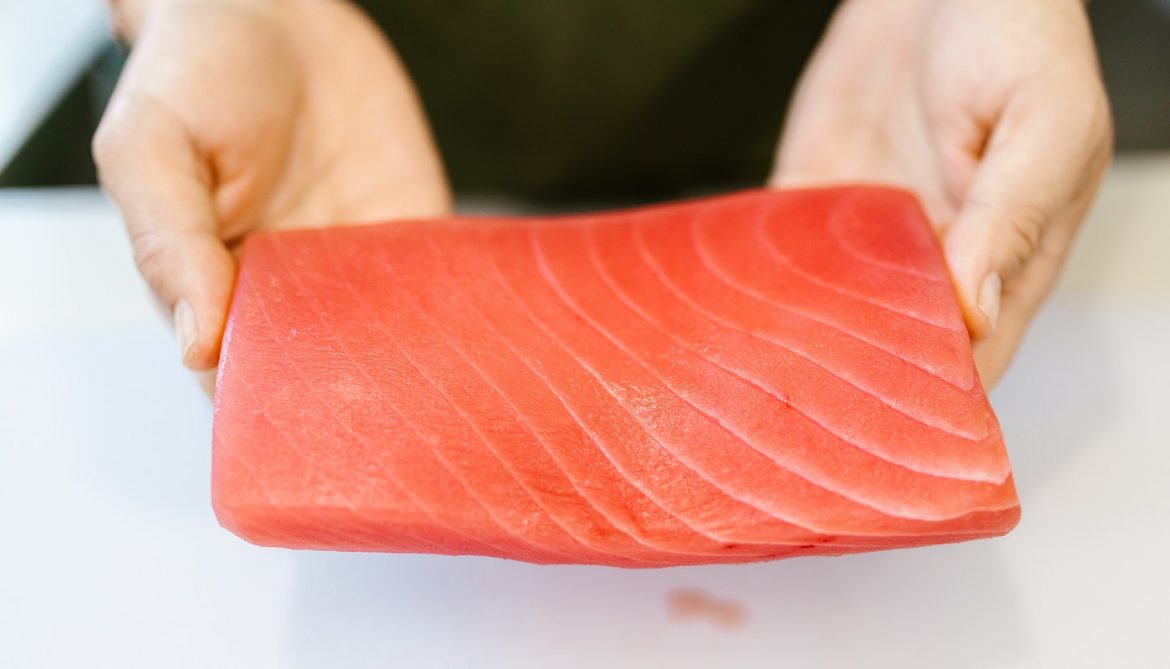Consuming all natural foods has become a norm for many today. The norm is also translating into feeding our pets as pet parents are looking for more and more natural ways of feeding their pets. Raw diet for dogs is something that has picked up as a trend quite rapidly. Raw feeding is the practice of feeding domestic dogs, cats and other animals a diet consisting primarily of uncooked meat, edible bones and organs. Raw feeding has become popular as it is perceived as a more natural way of feeding dogs. It has stemmed from the idea that dogs are successors of wolves, who are compulsive carnivores. Therefore, dogs should be fed what wolves eat: meaty raw diets, something dogs are presumed to consume if they were to be left in the wild.While claiming raw diets to be a natural way of feeding for dogs is one, there a few benefits lauded by nutritionists in favour of feeding a raw diet to your dog, such as:
- Raw fed dogs do not suffer from dental caries which also means freedom from dental surgery and associated risks.
- Dog fed on a raw diet poop less and produce poop that doesn’t smell very much.
- Raw fed dog’s take a longer time to eat their food and gain a great deal of pleasure from their meals.
Before you plan a raw food recipe for your dog, you would need to determine your dog’s caloric requirement. Your dog’s age, weight and activity level help you determine your dog’s caloric requirement. You may have a look at
Dog Food Diet Calculator here and chart out your dog’s caloric requirements. A puppy’s needs differ from that of an adult dog. However, the calculator will incorporate all of these while calculating your dog’s caloric requirement.
Remember that these calculators determine the per day caloric intake required for your dog. Therefore, you would need to divide this caloric intake by the number of meals you would feed your dog. While pups can be fed anywhere from 4 to 5 meals a day, adult dogs should be fed only twice a day.
While caloric requirements can be determined by a calculator, the calcium needs to be ascertained by a vet or a pet nutritionist. Ideally, dogs would need 1 gm of calcium per 1000 Calories fed, while the number is a little more for puppies. Determining calcium requirements accurately for your dog is very important as over-supplementation can cause calcification of organs while underfeeding may lead to weaker bones and joints.
Types of Raw Feeding
The most popular types of raw feeding are the BARF diet and the Prey model.
BARF DIET
BARF stands for Biologically appropriate raw food diet. This model started the raw feeding movement. BARF diet isn’t a recipe. It’s a guideline that can be modified to accommodate your pet’s needs and the availability of ingredients. BARF diet has its origins in the book published by a leading Australian veterinarian, Dr. Ian Billinghurst titled “ The BARF diet”. A BARF diet plan includes:-
- 70% lean muscle meat
- 10% raw bone
- 5% liver
- 5% other secreting organs
- 7% vegetables
- 2% seeds or nuts
- 1% fruit
WHOLE PREY MODEL / RAW MEATY BONE DIET:
This diet mimics the diet of a predator. It’s an off- shoot of the original BARF diet, with some minor adjustments. The proportional constituents in an RMB diet are:
- 80% muscle meat
- 10% raw bones
- 5% liver
- 5% other secreting organs
This diet plan is often preferred for pets with digestive issues or allergies that require carbohydrates restrictions. While above is a broad guideline of what a raw diet would include, here we provide detailed notes on ingredients you can choose from. You can switch ingredients from batch to batch to provide maximum nutrient variety to your dog.
- Muscle meat : Chicken, turkey, beef and fish are the most popular options. Smaller breeds are better suited to ground meat bases as it is easier for them to chew down instead of pulling apart. Large cuts of muscle meat are ideal for larger breeds. Some protein sources are fatter than other. For example, pork is extremely high in fat. It can be mitigated by buying lean ground pork in place of whole cuts.
- Bone :There are two types of bones; edible bones and recreational bones. Edible bones are softer and have a high cartilage content. They are easy to chew down. These include chicken and turkey necks, backs and feet. Recreational bones are designed for fun and activity. They do provide some nutrition but are often tough to chew down. Therefore, they are not recommended as part of a homemade diet. It must be noted that bones are always fed raw and should never be cooked and fed to dogs. Bones also fulfil calcium needs of dogs.
- Organs : Liver should be 5% of your organ meat selection with another 5% being any other secreting organs. Secreting organs, though required in small portions, supply a large variety of vital nutrients.
- Seeds or Nuts : Pet parents often do not consider seeds or nuts as a staple part of pet’s diet. Whereas, seeds and nuts offer vitamins, minerals and omega fatty acids that help to support overall health and therefore must be included in a pet’s diet. Not all nuts are safe for dogs. Therefore, nuts should be chosen with caution.
- Omega fatty acids : Rotate different types of omega fatty acids regularly. Adding fish and fish oil into your dog’s diet a couple of times per week can greatly impact their overall health.
- Vegetables: Vegetables fed in a BARF or RMB diet should either be pureed or may be chopped and cooked slightly. Seasonal vegetables may be varied, while sticking to the proportions mentioned above.
How much to serve
Amount of raw food that is to be fed depends on the weight of the dog. General guideline is to feed 2 to 3% of your pet’s ideal adult body weight per dayEven though the benefits of raw diets are being lauded these days, an important aspect not discussed is that of zoonotic diseases associated with raw diets. Zoonotic disease refers to diseases which can be spread from animals to humans. A classic example of zoonotic disease is rabies, where when a rabid dog bites a human, he transmits the rabies virus to the human as well.
There are many bacteria and other pathogens that can be transferred from our pet dogs to humans through their skin shedding, touch and other contact. When dogs are fed raw foods, the pathogens in the meat are not killed and may live in your dog, sometimes without your dog showing any symptoms. However, these pathogens may get transferred to you or your family members while establishing contact with your pet. This is of concern especially where pets are a part of a family with small children. Some of the common diseases that may be transferred from dogs to pet parents are ringworm, salmonellosis, lyme disease and even giardia.
While zoonotic diseases must be considered when adopting raw diet for your pets, however, once you decide to feed a raw diet, a vet or a pet nutritionist’s advice must be taken to craft a balanced meal. What may work for one dog, may not work for your dog. Getting some expert advice will ensure that you are providing your dog with everything they need!
,

